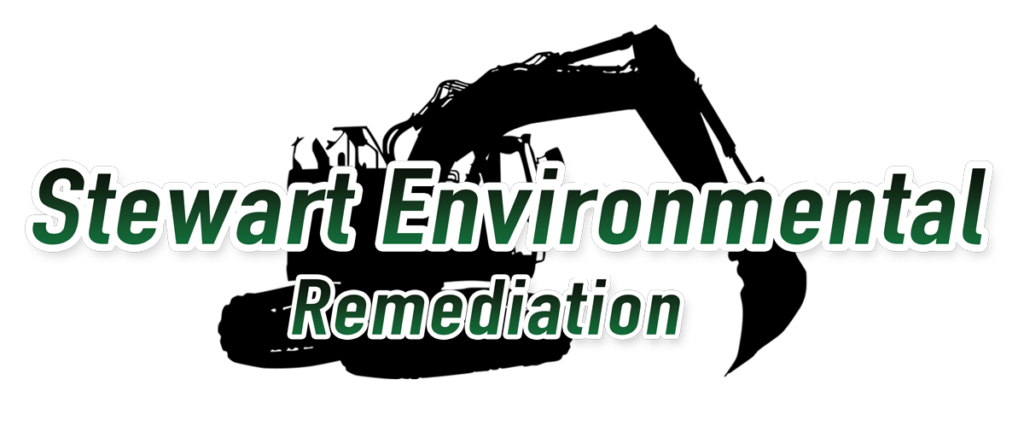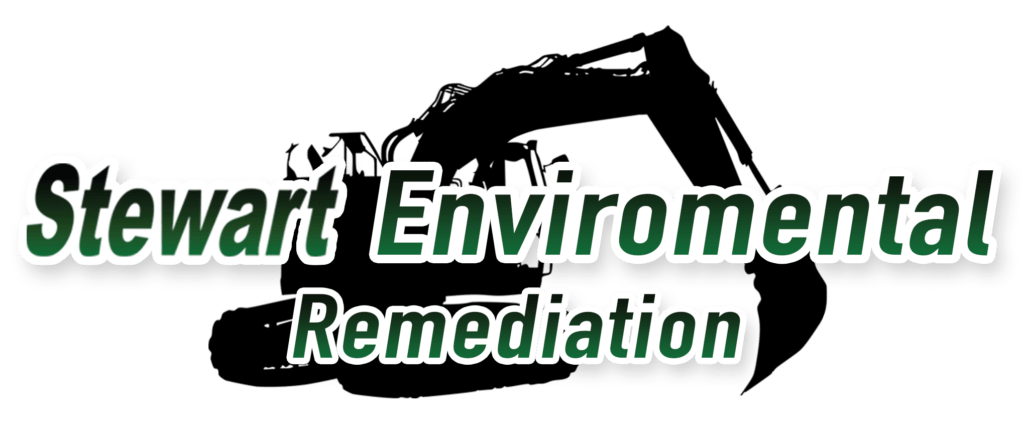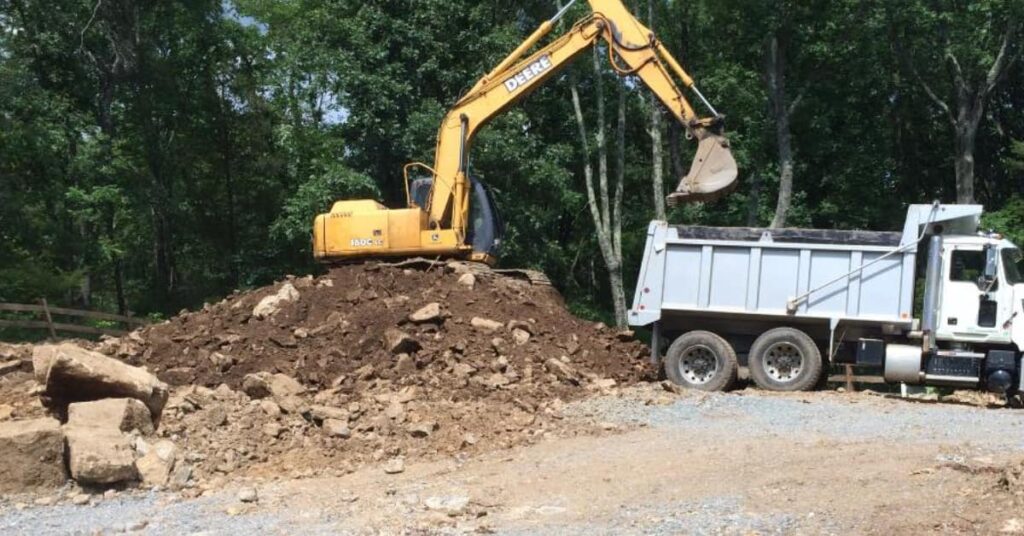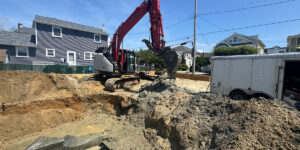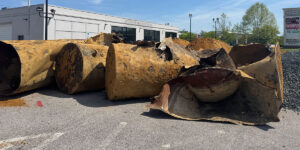Is your property your favorite place to be, whether you’re spending time with loved ones or taking care of business? But do you know what’s lurking beneath your soil?
Research shows that thousands of sites across the United States are contaminated, and these lands pose environmental and health hazards.
Fortunately, that’s where soil remediation comes into play. The question is, how is soil remediation done? More specifically, what are the three types of remediation that occur?
Here’s a rundown of the three soil remediation methods that companies can use.
Let’s dig in (so to speak)!
How Is Soil Remediation Done Through Soil Remediation Companies?
Soil remediation involves managing and minimizing contaminated soils’ environmental and health risks. This is done by utilizing technology to turn contaminated soil into safe soil.
Soil can become contaminated due to illegal waste disposal. It can also occur as a result of historical mining or industrial activities. Other sources of soil contamination include the following:
- Accidental spills
- Leaking storage tanks underground
- Fertilizer application
- Pesticide use
- Floods
- Hurricanes
Contaminated sites range from abandoned inner-city buildings to residential properties.
What Are the 3 Types of Soil Remediation That Occur?
Three types of soil remediation exist. These include biological treatments, chemical treatments, and physical treatments.
Each type of soil remediation approach has unique benefits depending on your particular contamination situation and budget.
Biological Remediation
Biological soil remediation, known as bioremediation, is among the most frequently used techniques.
During the bioremediation process, experts utilize fungi and special bacteria to break down and absorb pollutants in your soil. Once the bacteria consume all of these organic pollutants, these bacteria will die off. The result is a healthier soil environment.
Rather than using bacteria or fungi, experts may use plants to accumulate your soil’s contaminants. Yet another alternative to using bacteria or fungi is to use solids or slurries to treat your soil.
The benefit of all of these biological methods is that they tend to cost less compared with chemical and physical treatments. On the flip side, it may take years or months to complete your treatment process.
Chemical Remediation
Chemical remediation methods involve using oxidation and reduction to convert soils that have been contaminated into safe soils.
Two kinds of chemical remediation exist stabilization and chemical oxidation.
With stabilization, an expert will first mix reagents. This is done to decrease your soil contaminants’ mobility and toxicity chemically. This usually creates solid, dry soil once the process has been completed.
With chemical oxidation, experts will apply liquid and dry reagents to your soil. This may be done using specialized equipment. It may also be done using direct injection, a pump, or treatment systems.
The purpose of chemical oxidation is to turn contaminants into less toxic and more stable compounds with the help of chemical reactions.
Physical Remediation
Physical remediation comes in three forms: encapsulation, thermal desorption, and soil washing. Let’s explore all three types in detail.
Encapsulation Approach
This soil remediation technique is used to stop the spread of pollutants. Experts can do this by covering the source of your contamination using layers of various materials. These include the following:
- Synthetic textiles
- Clay caps
- Lime
- Concrete
These materials help to stifle contaminants’ migration and leaching away from an isolated zone. Put another way; the materials keep these contaminants from contacting additional soil.
Soil remediation is essentially a quarantine process. With this method, you’re not taking contaminants out of the earth. Instead, you are isolating your soil’s contaminants, so they do not spread.
The downside of this method is that your encapsulated soil can no longer be used for growing anything. In light of this, it’s not a great option for farmland.
For this reason, this is deemed a final resort compared with other soil remediation techniques.
Thermal Desorption Approach
This soil remediation uses heat to boost your contaminants’ volatility. In this way, the contaminants separate from your soil. Afterward, these contaminants are collected or thermally destroyed.
Thermal desorption systems feature three core steps.
First, a desorption unit will heat your contaminated soil. The goal is to vaporize these contaminants by reaching their boiling point. These temperatures may reach as high as 650 degrees Fahrenheit or more.
Second, once the soil has been heated thoroughly, it is pumped to a cooling unit. The soil is then combined with water. This allows you to reduce the soil’s temperature and control dust.
Third, the material produced can be discharged for recycling and testing.
This remediation option might not be the best option in specific contamination scenarios. It all depends on your soil’s pollution level and your dirt’s permeability. It also depends on your dirt’s pH level.
A soil remediation company can help you to determine if this is the best treatment option for your site.
Soil Washing
Finally, soil washing involves using water and surfactants to get rid of contaminants in your soil.
This is done by dissolving or suspending pollutants in a wash solution. During this process, the soil is separated by soil particle size.
Soil washing offers several advantages. For instance, it is highly cost-effective and reduces the amount of contaminated soil.
This method also features some disadvantages, however. For example, it requires a sizable area, as an extensive soil-washing system is used.
In addition, it works best for very coarse soils. This means it may not be as effective at sites with clay or silty soils.
How We Can Help with Our Soil Remediation Methods
If you’re asking, “how is soil remediation done” and “what are the three types of remediation that occur,” note that physical, chemical, and biological soil remediation treatments can all help you to stabilize your soil. Although these soil remediation methods differ, they can make your soil healthy again.
At Stewart Environmental Remediation, one of today’s leading soil remediation companies, we take pride in delivering professional and quality soil remediation services. Get in touch with us to learn more about our soil remediation services in New Jersey, Connecticut and Pennsylvania and restore your soil’s health today!
